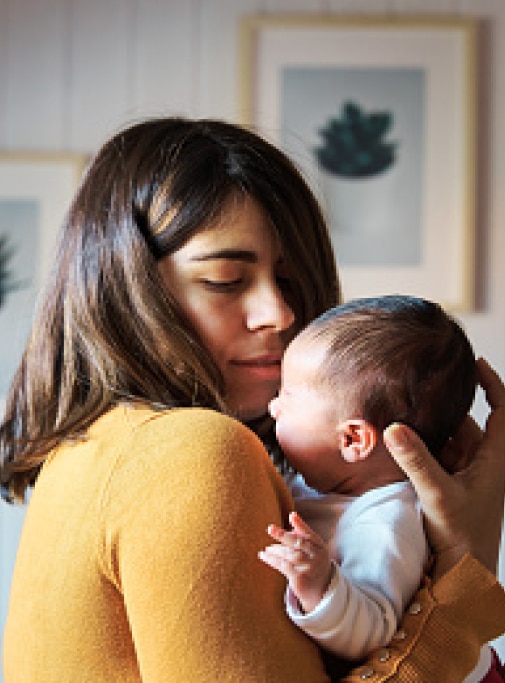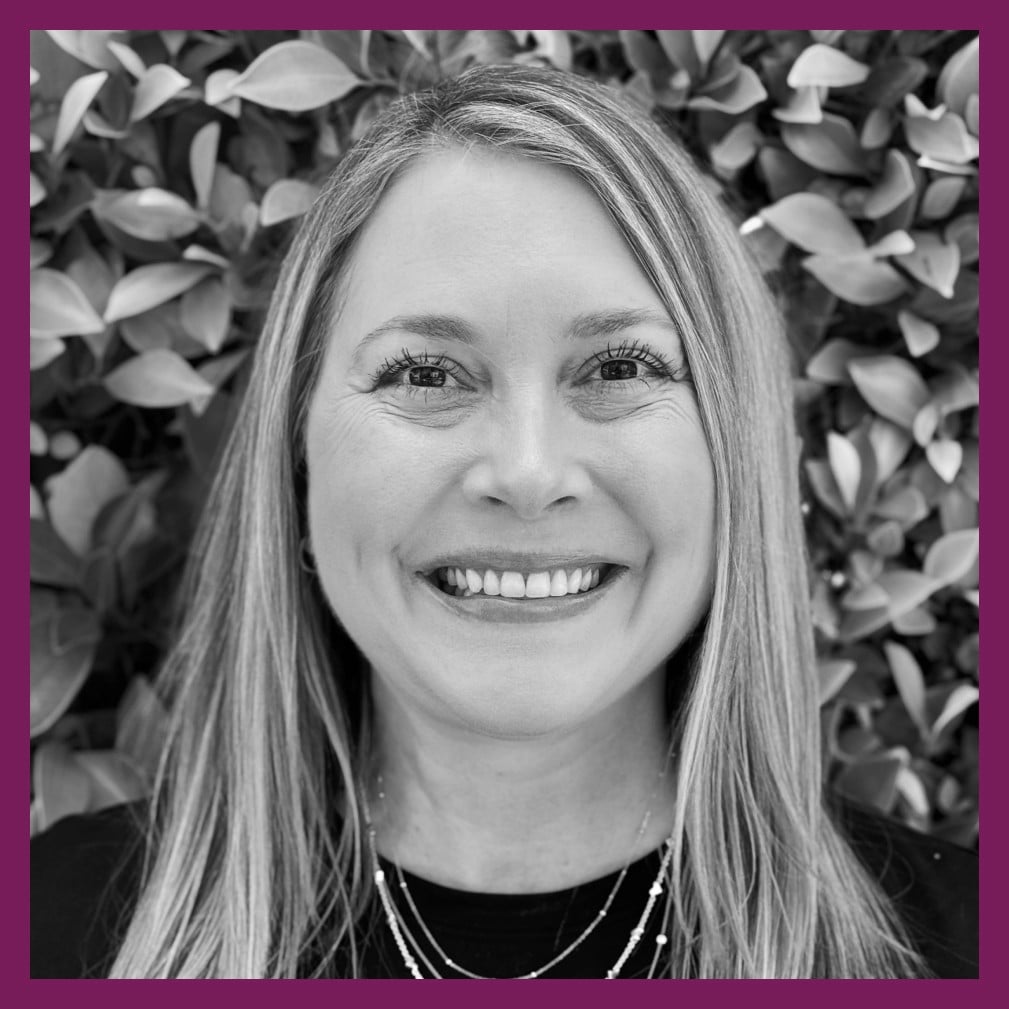As a neonatal intensive care nurse, Lindsay provides excellent and empathic care to the smallest, most vulnerable patients. In caring for neonates, Lindsay continuously observes, assesses, and considers potential complications and is ready to respond to each baby’s changing condition. But together with the NICU Emergency Preparedness Committee (EPC) she’s thinking ahead in other, bigger, system-wide ways too: What happens inside a hospital during a natural disaster? What if there is an evacuation order? What happens if the technological systems her patients and coworkers rely on go down?
The answers to these questions are detailed, complex, and comprehensive and response plans must be in place well before a disaster happens. Working on the NICU EPC’s initiative, Lindsay helped to refine and develop a unit-based emergency response guideline that complements the hospital’s emergency operations plan (EOP) that ensures the safety of all patients, no matter what happens in the outside world.
Working with UCLA Health’s Office of Emergency Preparedness, Lindsay with the EPC team organized their unit annual education for staff nurses on a procedural plan should hospital information technology or systems fail. They reimagined it, creating a highly organized emergency response plan and adopted a color-coded system for clinicians under stress to intuitively follow. Their system clearly assigns specific responsibilities, eliminating the need for on-the-fly delegation. She also worked with the EPC team to improve the plans for patient transfers in emergency evacuation scenarios. As climate disasters, such as the recent wildfires, continue to impact Los Angeles, Lindsay and the NICU EPC team know that the safety of her patients requires a detailed, streamlined, and understandable plan for every imaginable — and unimaginable — situation, whether it’s an earthquake, bomb threat, chemical spill, or power outage. Along with the NICU EPC team’s creative and innovative thinking, Lindsay advocates continuity of care in the most complex and high-risk theaters of operation adding to Nursing’s rich history of emergency and disaster preparedness and response.



